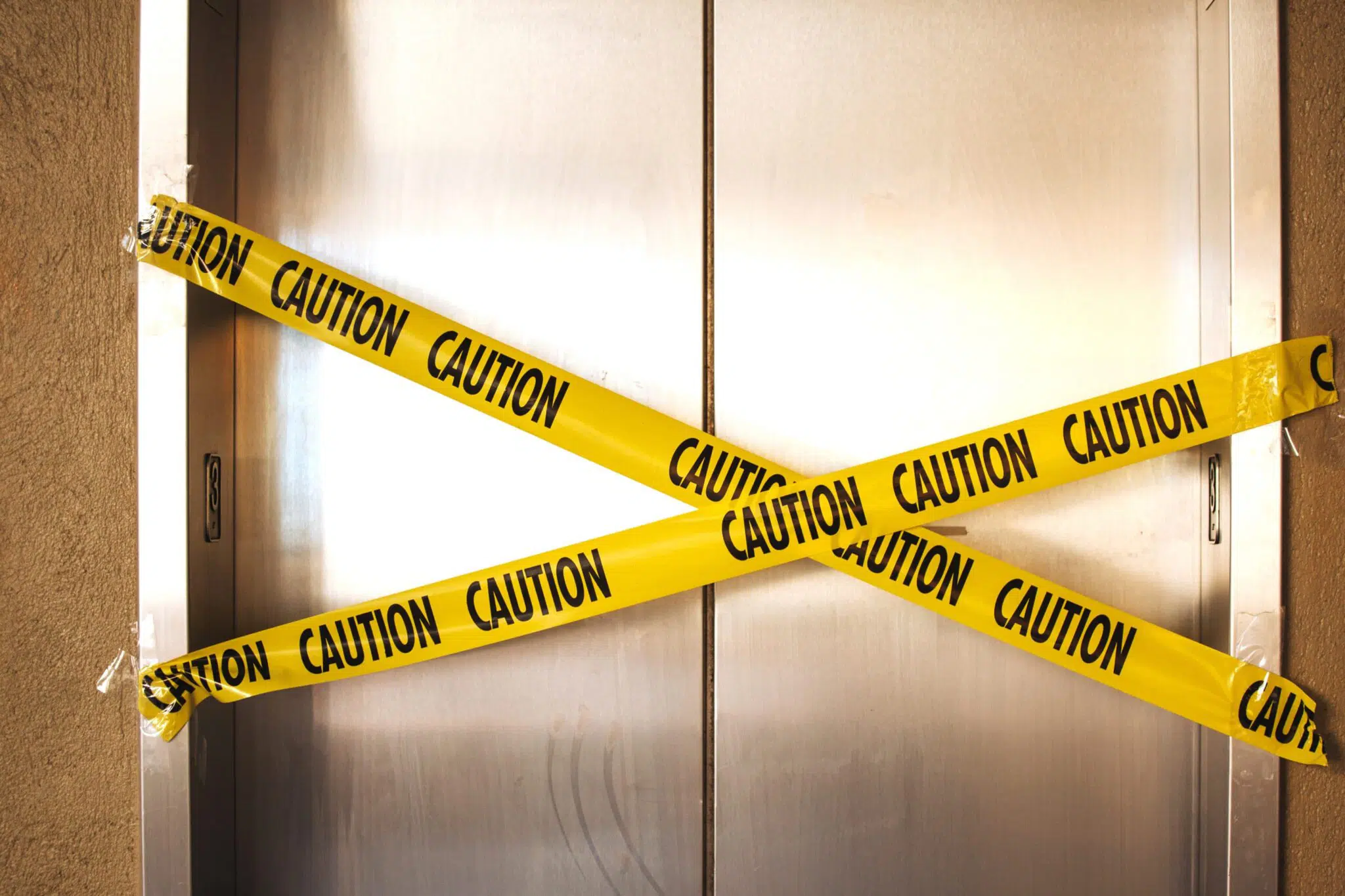
Crush Injuries in Home Elevators Prompts Safety Advocates to Argue for a Product Recall
Although we do not hear about elevator injuries as often as other types of injuries, a recent report in The Washington Post discusses a recent trend of home elevator accidents that have left many people with crush injuries. Despite these serious accidents, the U.S. Consumer Product Safety Commission (CPSC) has not called for a safety recall. As a result, these dangerous products remain in use, and consumers could be at risk of suffering serious injuries. According to the report, “up to half a million residential elevators could entrap children, but the CPSC has not ordered a simple fix.”
Children are among the most common victims of home elevator accidents that result in crush injuries. The report describes an incident that occurred on Thanksgiving in 2019 when a young boy got pinned underneath a home elevator. According to the report, “his face was turning blue,” but his family could not free him. The home elevator was installed for the boy’s grandmother, who is a partial quadriplegic.
And the accident could have been avoided. The report explains that the elevator industry had knowledge of this kind of risk, as did federal safety regulators. The federal safety regulators “…had known for years that small children were injured and killed after being accidentally trapped between a residential elevator’s inner and outer doors, their tiny bodies crushed when the elevator car moved.” Moreover, federal safety regulators and the elevator industry “knew about a simple way to prevent these accidents: a $100 insert to block the gap.” However, the CPSC declined to conduct a product recall or to require elevator companies to fix the problem. While the CPSC posted a safety alert about the risks associated with home elevators, consumer safety advocates argue that the action was insufficient to prevent injuries.
In the last four decades, at least eight young kids have sustained fatal injuries in these elevators, and at least two more have suffered serious nonfatal injuries. However, safety experts, suspect that the number is “significantly higher.” Currently, there are anywhere from 300,000 to 500,000 residential elevators installed in homes and other buildings in the U.S. that pose this serious crush injury risk. While some elevator companies have agreed to revise future elevator models to prevent the hazard, there is no clear fix for the presently installed products.
Understanding Product Liability and Safety Defects
In general, there are three different kinds of product defects for which a person may be able to file a product liability lawsuit:
- Design defect;
- Manufacturing defect; and
- Marketing defect.
Design defects are those where there is a defect in the design of the product, while manufacturing defects are those where there is a defect that occurs during the phase of manufacture. Marketing defects are a bit different. With this type of defect, the company provided defective information about the product, or failed to warn consumers about risks associated with the product. When it comes to marketing defects, companies not only have to warn about risks associated with the intended use of the product, but also risks associated with foreseeable uses of the product. Elevator defect claims related to the injuries we discussed above could lead to product liability claims. If you or your child was injured in a home elevator, you should speak with a product liability attorney about your case.



